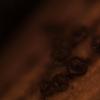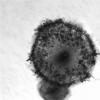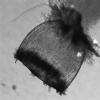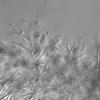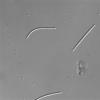
07-01-2026 10:24
 Danny Newman
Danny Newman
Pezicula sp. on indet. hardwood Appalachian Highl

07-01-2026 22:22
 Danny Newman
Danny Newman
Tatraea sp. on indet. hardwood The Swag, Great Sm

07-01-2026 17:29
 Marc Detollenaere
Marc Detollenaere
Dear Forum,On a barkless Populus I found some smal

10-11-2021 17:33
 Riet van Oosten
Riet van Oosten
Add-on topic http://www.ascofrance.com/forum/7059

07-01-2026 10:05
 Danny Newman
Danny Newman
cf. Chaetospermum on XylariaCosby Campground, Grea

02-01-2026 17:43
MARICEL PATINOHi there, although I couldn't see the fruitbody, I

04-01-2026 17:45
 Stephen Martin Mifsud
Stephen Martin Mifsud
I was happy to find these orange asmocyetes which
I have recently found a cupulate coelomycete on Pinus sylvetris (Scots Pine) needle litter
in Wales. It has conidiomata which are immersed at the base and are pale brown
and collapse on drying (50-250um wide), and occur in small groups or singularly.
The conidiomata are flat topped with an ostiole, and a ring of dematiaceous,
blunt, irregular, short 'hairs' around the rim. It produces narrow, cylindrical
phialidic, conidiogenous cells on septate, sometimes slightly swollen conidiophores.
Conidia are hyaline, narrowly cylindrical and non septate (approx. 19 x 1um).
I have had a look at most of literature on cupulate
coelos by Brian Sutton but my specimen does not correspond to anything that I have
looked at. David Minter said it's not Fujimyces, Linodochium hyalinum or L.
formosum, Lemalis aurea. It's not Pseudocenangium succineum. He has never seen
anything like it before or never come across anything like it in the literature,
unless it has been described recently.
Has anyone come across this before??
Thanks,
Jo



